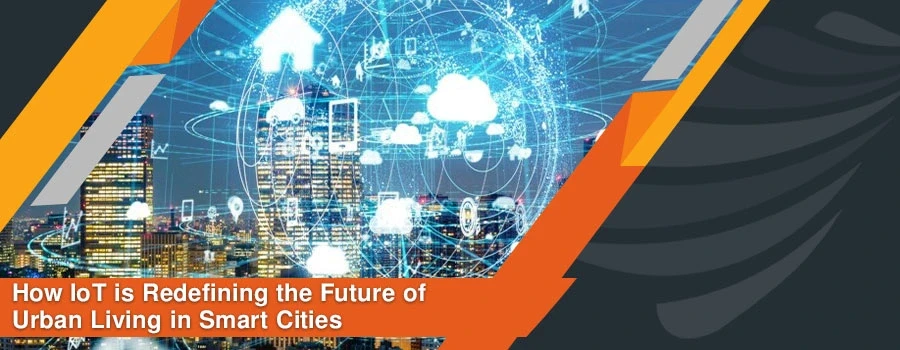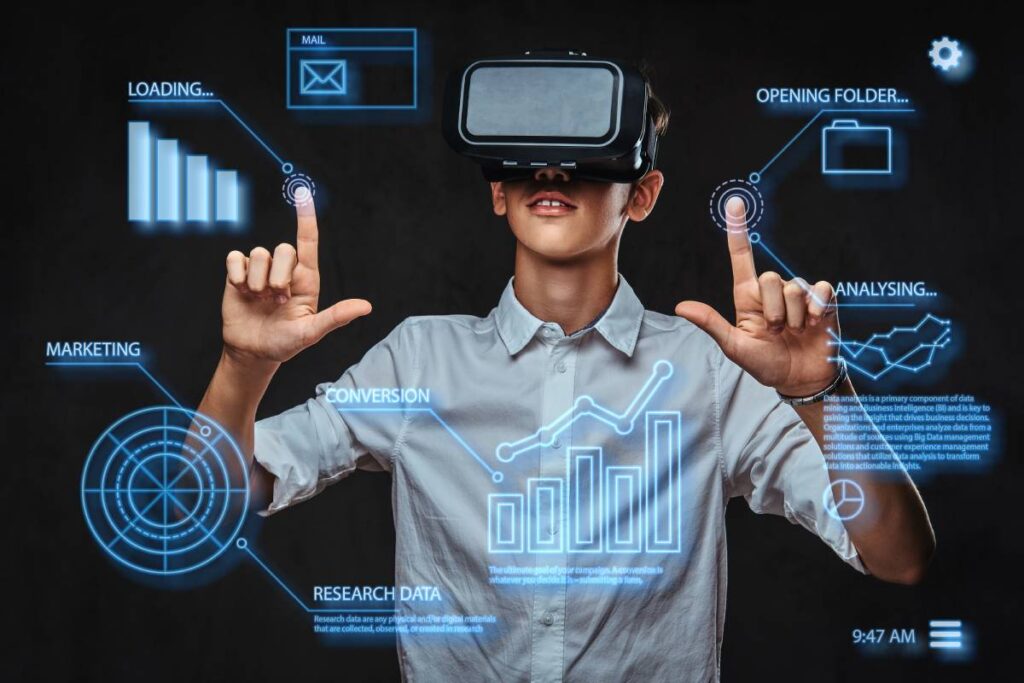Smart Cities: How IoT is Redefining Urban Living by integrating advanced technologies and data-driven solutions to improve the quality of life for citizens. The Internet of Things (IoT) plays a crucial role in creating smart cities by connecting various devices and systems to gather and analyze data, leading to more efficient and sustainable urban environments.
In the context of urban development, the concept of Smart Cities: How IoT is Redefining Urban Living is closely associated with terms like connected infrastructure, digitalization of public services, and the use of sensor networks to monitor and manage city operations. This innovative approach aims to address challenges such as traffic congestion, energy consumption, and waste management, ultimately enhancing the overall livability of urban areas.
1. What are Smart Cities?
Smart cities are urban areas that use different types of electronic data collection sensors to supply information used to manage assets and resources efficiently. This includes data collected from citizens, devices, and assets that is processed and analyzed to monitor and manage traffic and transportation systems, power plants, water supply networks, waste management, law enforcement, information systems, schools, libraries, hospitals, and other community services.
These cities use IoT technology to improve the quality of life for residents, drive economic growth, and effectively manage urban services. By utilizing interconnected sensors, devices, and infrastructure, smart cities can collect and analyze data in real time to provide insights that help city officials make better decisions and improve the overall functioning of the city.
2. IoT and Urban Living
The Internet of Things (IoT) is a key enabler of smart cities, as it allows for the connectivity of devices, sensors, and systems that can collect and exchange data. In the context of urban living, IoT enables various applications such as smart transportation, environmental monitoring, waste management, energy efficiency, and public safety. For example, IoT-enabled smart traffic management systems can help reduce congestion and improve air quality by optimizing traffic flow based on real-time data.
IoT also plays a crucial role in improving the efficiency of urban infrastructure and services. By integrating IoT technology into buildings, streetlights, utilities, and public facilities, cities can monitor and manage these assets more effectively, leading to cost savings and a more sustainable urban environment.
3. Advantages of Smart Cities
Smart cities offer numerous advantages, including improved quality of life for residents, increased safety and security, enhanced sustainability, and economic growth. By leveraging IoT and data-driven technologies, smart cities can optimize resource allocation, reduce energy consumption, enhance public transportation, and better respond to emergencies and natural disasters.
Additionally, smart cities can foster innovation and entrepreneurship by providing a platform for the development of new technologies and services. They can also improve citizen engagement and participation through digital platforms and applications that enable residents to interact with local government, access services, and provide feedback on urban issues.
4. Challenges of Implementing Smart City Solutions
While the potential benefits of smart city initiatives are significant, there are several challenges associated with their implementation. These include concerns related to data privacy and security, the high cost of deploying IoT infrastructure, interoperability issues between different systems and devices, and the need for skilled personnel to manage and analyze the vast amount of data generated by smart city applications.
Furthermore, there may be resistance to change from both city officials and residents, as well as regulatory and policy barriers that can hinder the adoption of new technologies and the integration of IoT solutions into existing urban infrastructure.
5. Case Studies of Successful Smart City Projects
Several cities around the world have successfully implemented smart city projects that demonstrate the potential of IoT and data-driven technologies to improve urban living. For example, Barcelona has deployed smart parking systems and sensors to monitor and optimize traffic flow, while Singapore has implemented an extensive network of sensors for environmental monitoring and resource management.
In the United States, cities like San Francisco and New York have utilized IoT technology to improve public transportation and reduce energy consumption, while in Europe, Amsterdam has implemented smart waste management systems that optimize collection routes and reduce operational costs.
6. The Future of Smart Cities
The development of smart cities is expected to accelerate in the coming years, driven by advancements in IoT technology, the increasing availability of data analytics tools, and the growing demand for sustainable and efficient urban living. As more cities invest in IoT infrastructure and digital transformation, we can expect to see a proliferation of smart city solutions that address a wide range of urban challenges.
Furthermore, the integration of emerging technologies such as 5G connectivity, artificial intelligence, and blockchain is likely to further enhance the capabilities of smart cities, enabling more sophisticated data collection and analysis, as well as the automation of various urban services and processes.
7. The Role of IoT in Shaping Urban Infrastructure
IoT is playing a transformative role in shaping urban infrastructure by enabling the development of interconnected systems that can monitor and manage critical urban services. For example, IoT sensors can be used to monitor the structural health of bridges and buildings, detect leaks in water supply networks, and optimize the use of energy in public facilities.
Moreover, IoT technology can facilitate the creation of responsive and adaptive infrastructure that can dynamically adjust to changing urban conditions, such as fluctuating traffic patterns, environmental factors, and energy demand. This can lead to more efficient resource utilization, reduced maintenance costs, and greater resilience to external disruptions.
8. The Importance of Collaboration in Building Smart Cities
Building smart cities requires collaboration between various stakeholders, including government agencies, private sector partners, technology providers, and local communities. It is essential for city officials to engage with citizens and involve them in the decision-making process to ensure that smart city initiatives meet the needs and preferences of the population.
Furthermore, collaboration with technology vendors and industry experts is crucial for selecting and deploying the most suitable IoT solutions and ensuring that they are integrated seamlessly with existing urban infrastructure. By fostering an ecosystem of collaboration and innovation, cities can leverage the collective expertise and resources of multiple partners to create sustainable and inclusive smart city environments.
| Topic | Description |
|---|---|
| Title | Smart Cities: How IoT is Redefining Urban Living |
| Focus | Exploring the impact of IoT on urban living and city development |
| Key Points |
|
| Conclusion | IoT has the potential to transform cities into more efficient, sustainable, and livable spaces, but it also poses challenges in terms of security, privacy, and infrastructure integration. |
Smart Cities: How IoT is Redefining Urban Living explores the impact of Internet of Things (IoT) technology on urban development. It provides insights into the potential benefits, challenges, and opportunities of integrating IoT into city infrastructure and services, and highlights the role of IoT in creating more sustainable, efficient, and citizen-friendly urban environments.



